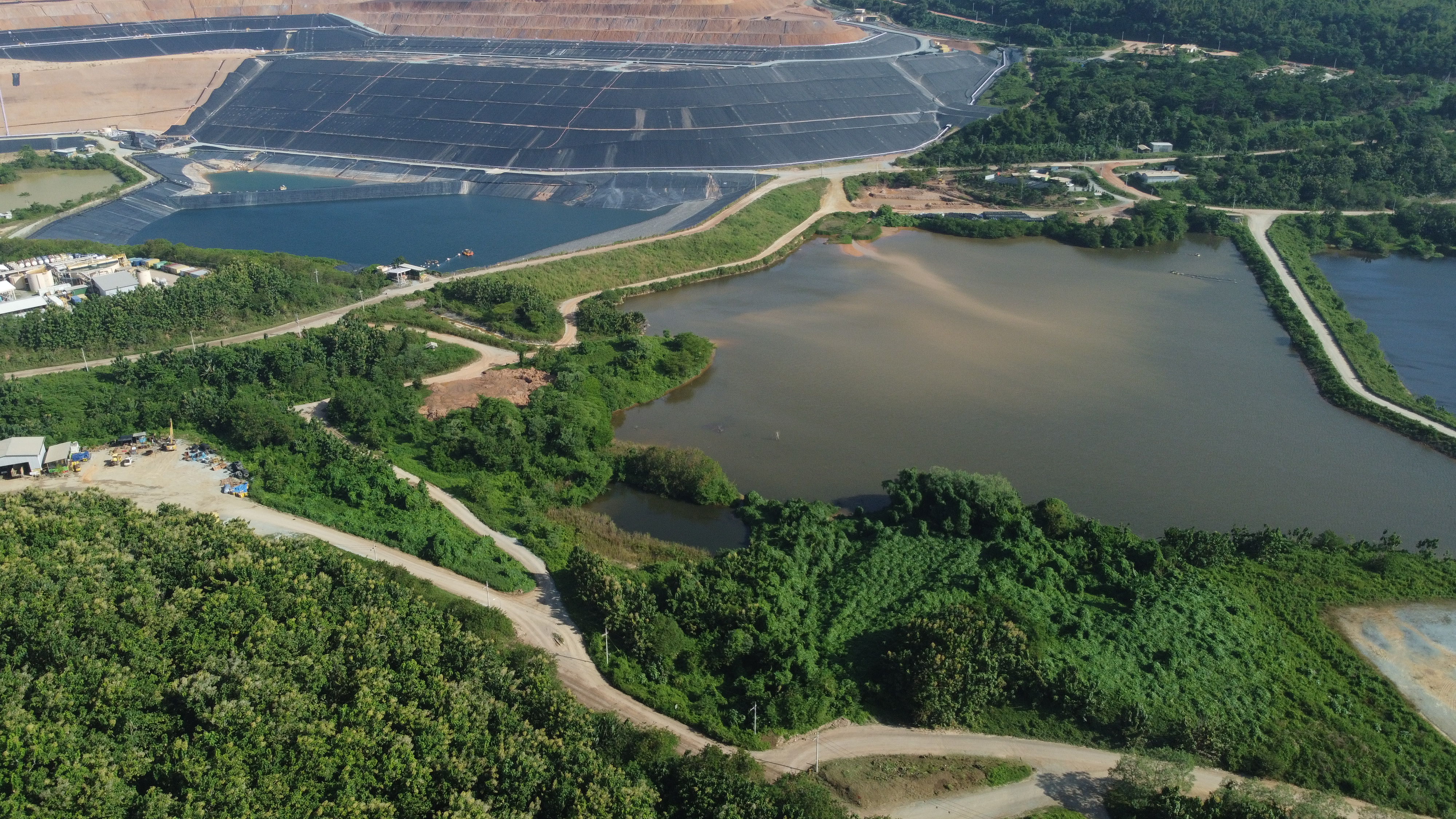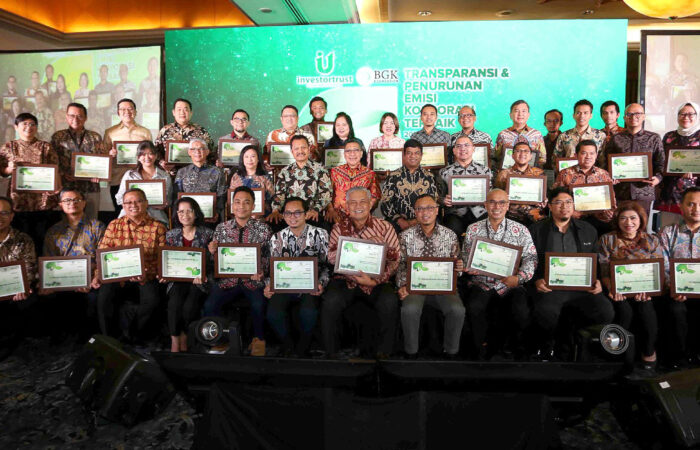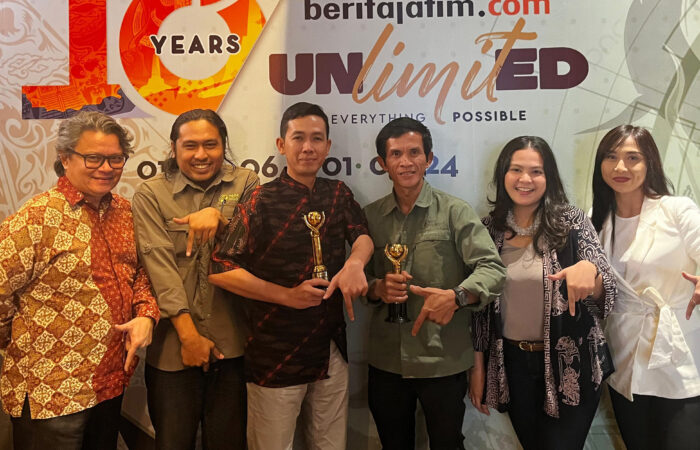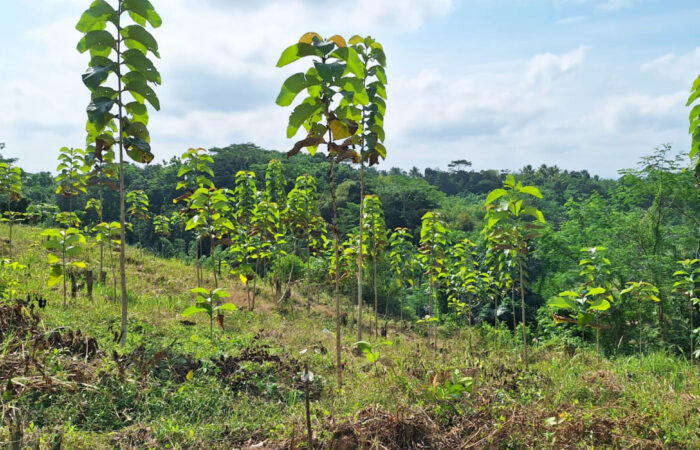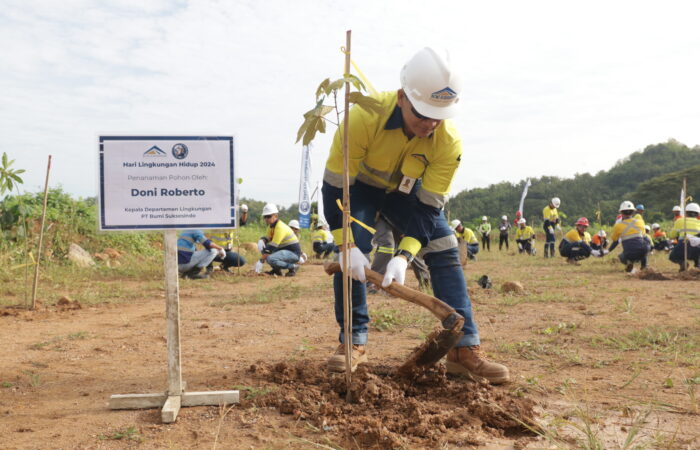
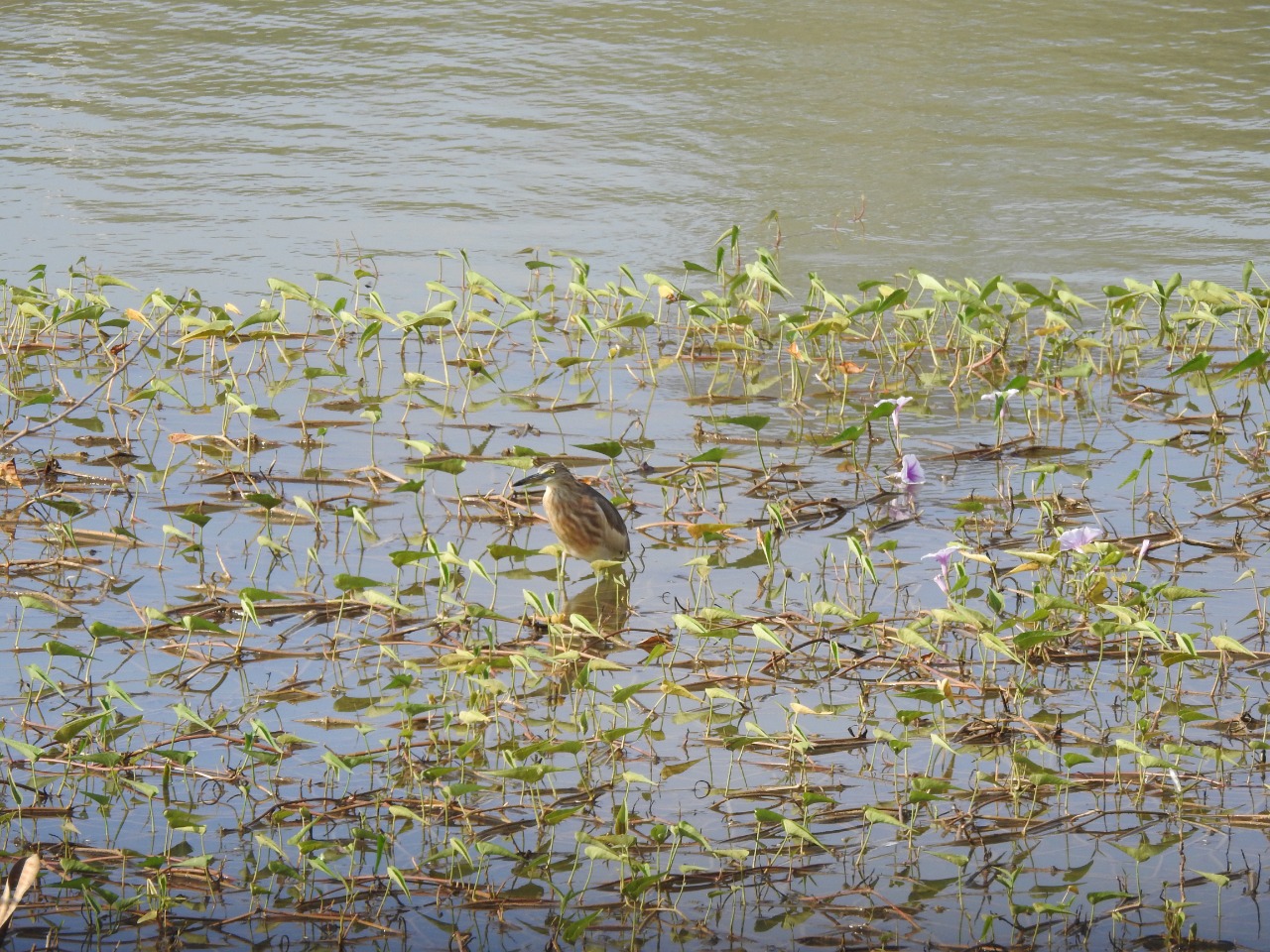
Water conservation is an integral component of sustainable mining. The management, usage, and monitoring of water quality in every operation and project of the Merdeka Copper Gold are conducted taking into account global environmental threats, local environmental conditions, and surrounding communities.
Merdeka’s commitment to water conservation is reflected in our Sustainability Policy. We consistently comply with government efforts to preserve water resources, as outlined in Article 24 of Law No. 17 of 2019 on Water Resources. To fulfill this commitment, Merdeka implements a water management strategy that focuses on three key points:
- Reducing the extraction of raw water from natural sources, particularly groundwater and surface water.
- Maximizing the use of circulated and recycled water for operational needs.
- Ensuring that the quality of water discharged into public water bodies meets the required standards and regulations.
Through consultations with various stakeholders, we responsibly utilize water resources with efficiency in mind. This is especially crucial considering that the Tujuh Bukit Gold Mine (Banyuwangi, East Java) and the Wetar Copper Mine (Wetar Island, Southwest Maluku) are located in areas considered a top priority in climate resilience studies related to water conducted by the Ministry of National Development Planning/National Development Planning Agency in collaboration with Low Carbon Development Indonesia. The designation of these areas as top priority mandates the Tujuh Bukit Gold Mine and Wetar Copper Mine to conduct water balance studies to ensure an adequate water supply for mining operations, the environment, and local communities.
The Tujuh Bukit Gold Mine and Wetar Copper Mine employ a Closed Loop Water System, which recycles water for operational needs, sourcing water only from within the operational area, and ensuring that the quality of water discharged into public water bodies meets the required standards and regulations.
